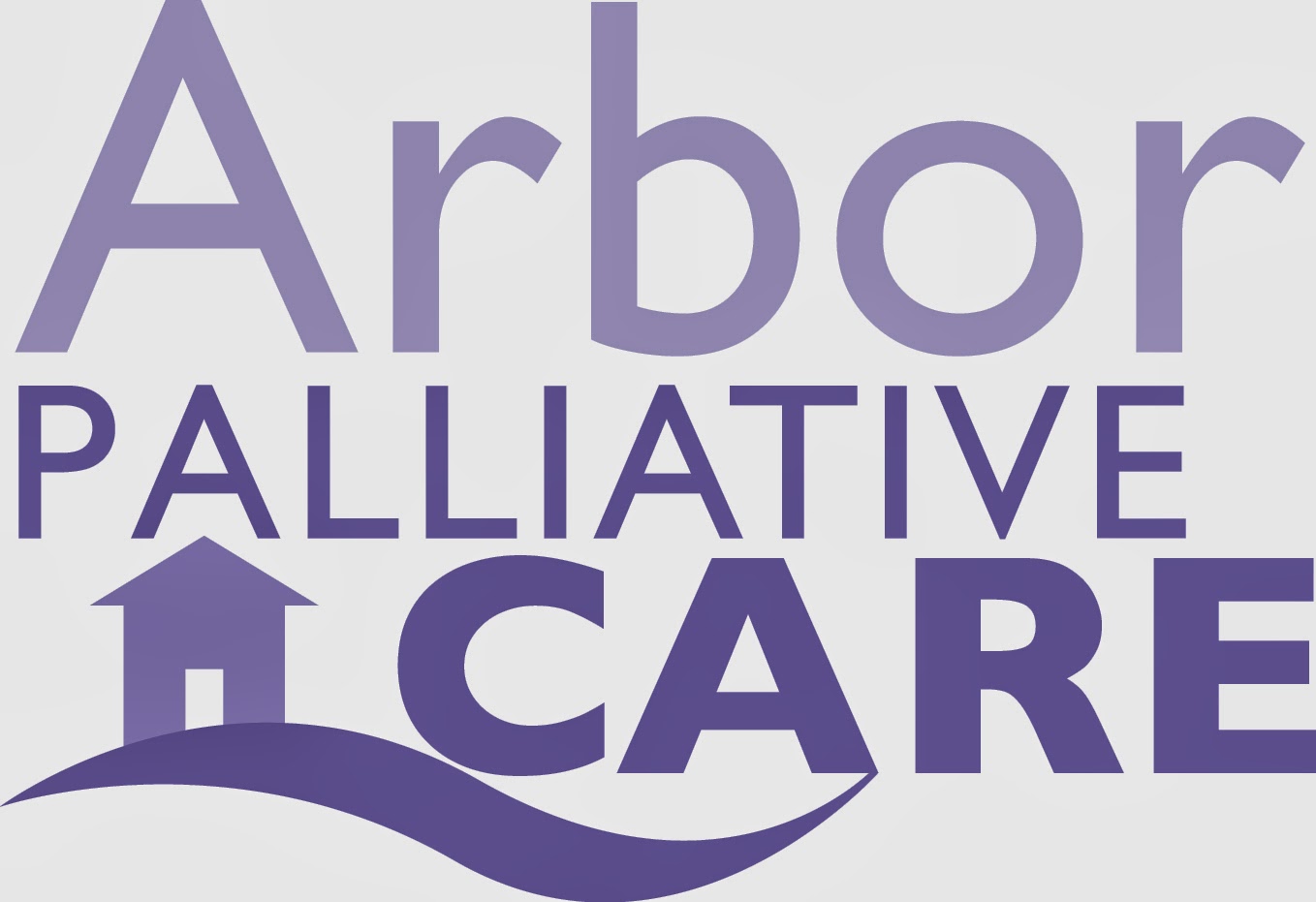 "Changes in weather can trigger COPD symptoms to suddenly worsen or flare-up," said Adam Marks, MD, Arbor Palliative Care Medical Director. "Cold weather may cause a person's airway to tighten, restricting airflow. This can be especially dangerous for individuals with respiratory ailments. These temperatures may cause people with COPD to feel exhausted, short of breath, cough more frequently or produce more phlegm. But there are ways for individuals to reduce the risk of a flare-up."
"Changes in weather can trigger COPD symptoms to suddenly worsen or flare-up," said Adam Marks, MD, Arbor Palliative Care Medical Director. "Cold weather may cause a person's airway to tighten, restricting airflow. This can be especially dangerous for individuals with respiratory ailments. These temperatures may cause people with COPD to feel exhausted, short of breath, cough more frequently or produce more phlegm. But there are ways for individuals to reduce the risk of a flare-up."Arbor Palliative Care offers the following tips for individuals living with COPD during the winter months:
- Minimize the cold as much as possible by avoiding the outdoors. When you go outside, remember to dress accordingly. Cover your nose and mouth with a scarf or mask. Individuals with COPD are more susceptible to complications such as pneumonia.
- Preparation is important. Before temperatures drop and the snow begins to fall, make sure you are prepared. Buy extra groceries so you will not have to brave the elements. Get a flu shot to prevent unnecessary illness.
- Avoid smoke exposure. Cigarette smoke, in of itself, is an irritant to individuals with lung diseases. When paired with cold air, COPD symptoms are much more common. Similar to cigarette smoke, smoke and particles from wood-burning stoves and fireplaces can irritate airways. Try using an energy-efficient electric heather to stay warm.
- Make sure furnace filters are clean so the air in your home is not hurting your breathing. It is also a good idea to have your furnace and ductwork cleaned to eliminate dust and remove airborne contaminants.
- Make sure your doors, windows and fireplace are properly sealed to eliminate drafts.
- Maintain a normal humidity level inside your home. The air humidity should ideally be at 40 percent and can be maintained with a humidifier.
- If you go outside, place oxygen tubing (if you use it) inside your clothing to keep the air as warm as possible.
This blog post was featured as an article in local newspapers and online editions.

No comments:
Post a Comment